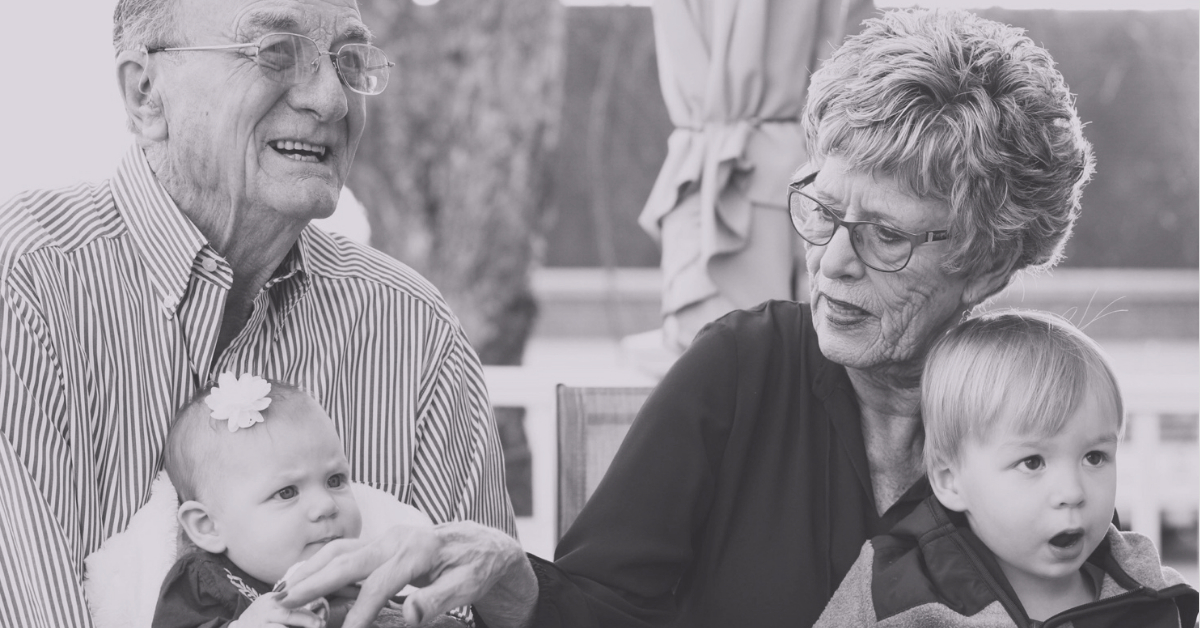Senior citizens are prone to having low levels of vitamin D. This is a serious issue that could lead to devastating consequences such as falls, fractures, and osteoporosis.
Vitamin D and falls in older individuals
An analysis of several double-blind randomized clinical trials demonstrated that by supplementing with 700 to 1000 IU vitamin D per day, older people reduce their risk of falling by 20 per cent, whether or not they were also taking calcium supplements. [1]
Vitamin D and fractures in older individuals
Vitamin D in combination with calcium is often used in an attempt to decrease the risk of fractures in bones other than the vertebrae in older individuals [2][3] particularly those in institutional care.[3] An analysis of multiple vitamin D studies determined that a dose of vitamin D 400 IU per day or greater is helpful for individuals aged 65 years or older.[4]
Vitamin D and osteoporosis in older individuals
Osteoporosis consists of a progressive loss of bone mass. Most of our bone mass is built up from the age of 10 to 20 or 30, and after that, we start losing bone mass. [5][6] If too much bone mass is lost as we get older, our bones become fragile and may fracture more easily. Osteoporosis is a devastating and costly disease. Without intervention, one in two women and one in three men aged 50 and above will experience a fracture due to osteoporosis.[7] The hip, spine, and wrist are the most common sites of fracture, with the hip fracture having the most devastating complications.[8]
Surprisingly, only 20 per cent of people who have suffered a hip or other fracture due to osteoporosis receive treatment. [7]
It is good to speak with a healthcare professional about your personal situation.
References
- Dawson-Hughes, A. Mithal, J.-P. Bonjour, S. Boonen, et al., Osteoporosis International, IOF position statement: vitamin D recommendations for older adults, July 2010, Volume 21, Issue 7, pp 1151-1154, First online: 27 April 2010
- Avenell A1,Mak JC, O’Connell D. Vitamin D and vitamin D analogues for preventing fractures in post-menopausal women and older men. Cochrane Database Syst Rev. 2014 Apr 14;4:CD000227. doi: 10.1002/14651858.CD000227.pub4.
- Tom R. Hill, Terence J. Aspray and Roger M. Francis (2013). Vitamin D and bone health outcomes in older age. Proceedings of the Nutrition Society, 72, pp 372-380. doi:10.1017/S0029665113002036.
- Heike A. Bischoff-Ferrari, DrPH, Walter C. Willett, DrPH, John B. Wong, MD et al. Arch Intern Med. 2009;169(6):551-561. doi:10.1001/archinternmed.2008.600. Prevention of Nonvertebral Fractures With Oral Vitamin D and Dose DependencyA Meta-analysis of Randomized Controlled Trials. March 23, 2009. https://jamanetwork.com/journals/jamainternalmedicine/fullarticle/414883
- Hightower L., Osteoporosis: pediatric disease with geriatric consequences, Orthop Nurs.2000 Sep-Oct;19(5):59-62.
- NIH Osteoporosis and Related Bone Diseases National Resource Center, Kids and Their Bones, March 2015, https://www.bones.nih.gov/health-info/bone/bone-health/juvenile

